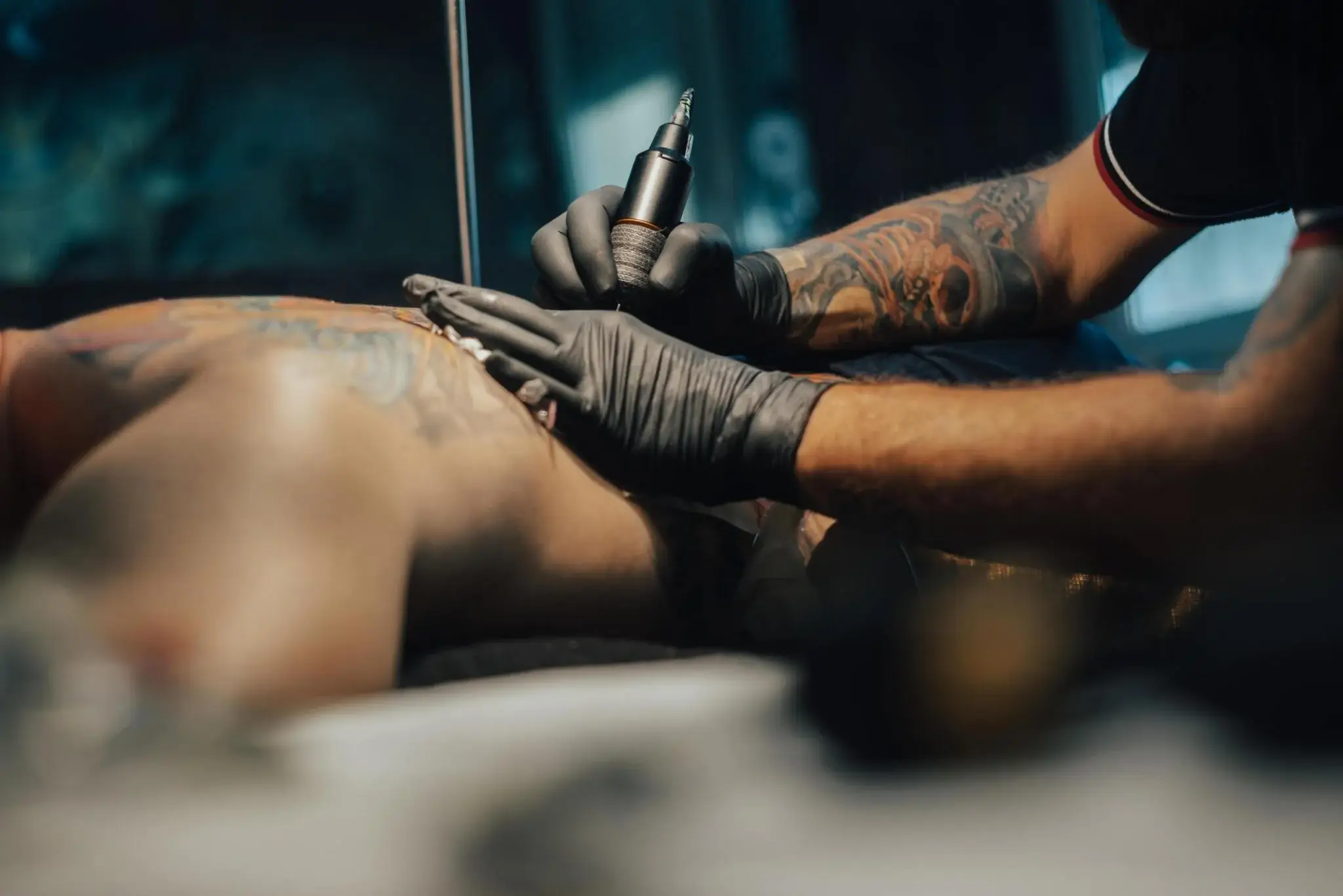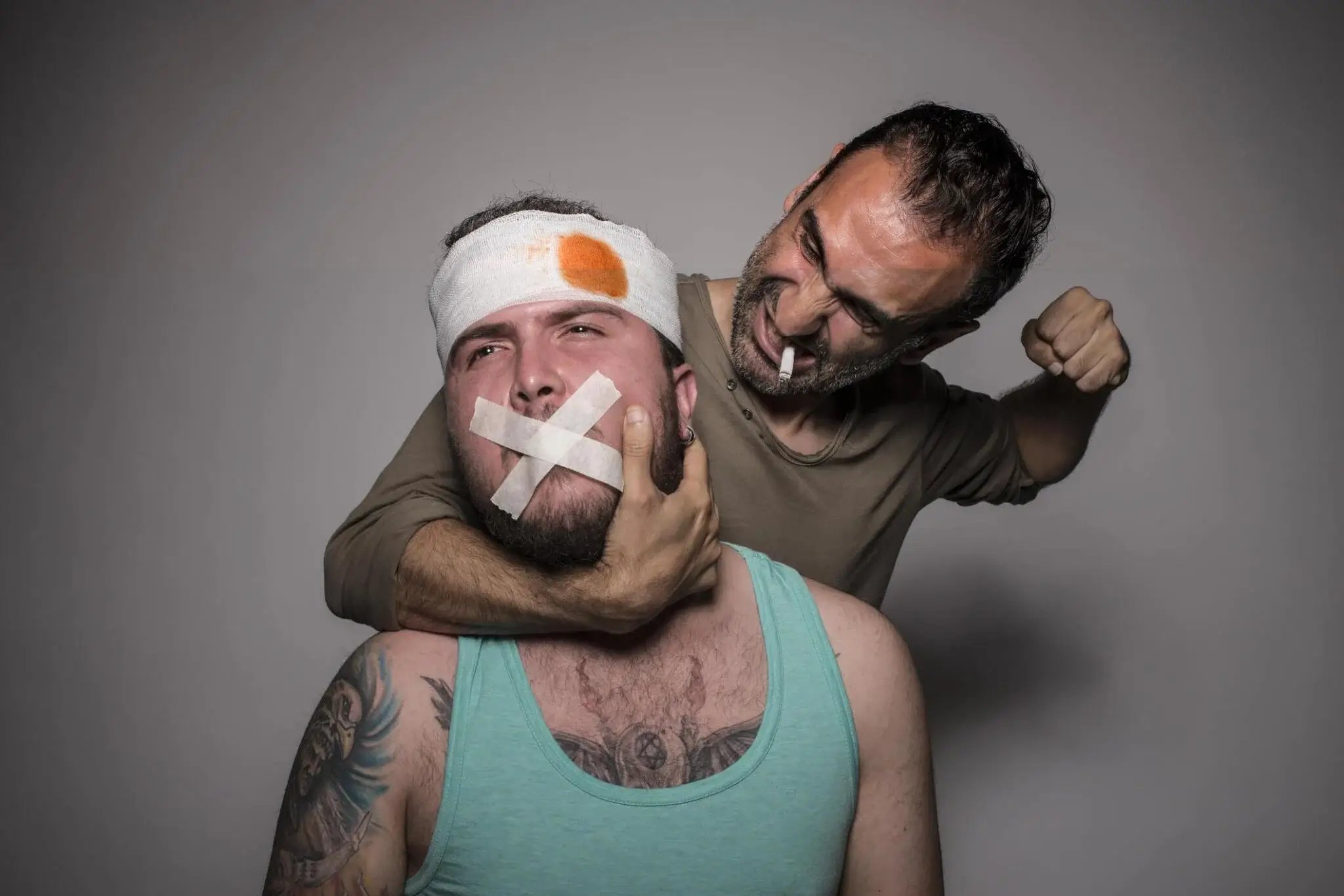Are you getting a new tattoo? If yes, and also your new tattoo is getting red and it is full of bruises, then definitely you are worried about it, and think that it is common or not. The answer is yes it is common for everyone. It happens because when tattoo ink and machine needles pierce the skin and go into the skin different layers are below the surface. Then irritation and bruising occur.
When any outside object or thing enters the human body or skin, the body will feel the wound created and will begin the healing process. Then you will see both bruising and swelling. Also, the same answer to this question, Can A Tattoo Bruise? The answer is yes.
Introduction to Tattoo Bruising
The meaning of tattoo bruising is tenderness and discolouration that can happen around a new tattoo. You know, during the healing process it is a common thing and can be a serious concern for those people who are not familiar with the common stages of tattoo healing.
What Causes Tattoo Bruising?
Needle Depth
When the needle of the tattoo machine depth penetrates the skin, it plays an important role in the likelihood of bruising. However, the important question is whether deeper penetration can be a reason for more trauma to the underlying blood vessels. Yes, this will cause an increase in bruising. Read 10 tips for gym sessions.
Skin Sensitivity
There are a lot of people who come with sensitive skin and may be more at risk of bruising. Because the skin of these people tends to react more extremely to the tattooing process. Factors included in this process include underlying health situations or things that can involve increased sensitivity.
Location of the Tattoo
You know that specific body areas cause more bruising due to differences in the thickness of skin and sensitivity. The bone parts of the body, like the collarbone, ribs, back of the neck, and fingers, may bruise more easily as compared to the fleshy parts including the thigh or the forearm.
Can A Tattoo Bruise Affect the Final Outcome?
As you know, just bruising is a temporary problem that is normally resolved on its own. Yes, if it is not fixed, it can affect the final appearance of the tattoo. In severe cases of bruises, pigmentation may disperse, or the healing process may be uneven, resulting in less-than-ideal results.
Swelling: Why Is It There?
Whenever you receive a new tattoo, your immune system records it as an injury to your skin. This type of injury can be the cause of clots forming in the blood vessels affected. As a result of the incision, bruising will result. A natural chemical called white blood cells, along with other natural chemicals in your body, travel to the area where the needle has been injected and fight bacteria and viruses.
Bruising And Swelling With Tattoos
Swelling is only part of the skin’s reaction. It is based on the placement of the tattoo. Where the flow of blood is fast or in the plumper parts of the body, you will feel swelling in these parts of the skin. After getting a new tattoo, you can expect swelling, particularly on your underarms, legs, neck, and hands. Normally, any spot in the body can maintain bruising or swelling but mostly sensitive spots.
How to Distinguish Between Bruising and an Infection
While bruising is a very common part of the tattoo healing phase, it is necessary to differentiate it from signs of infection. The infections that you face on your body may show some symptoms like too much redness, warmth to the touch, fever or pus discharge. Whenever you experience any of these symptoms, it’s important to get medical attention as soon as possible.
Tips For Stopping Tattoo Bruising

Choose A Skilled Tattoo Artist
You need to pick a trusted, skilled and experienced tattoo artist who can importantly minimize the risk of bruising. A professional artist will use the perfect techniques and adjust the machine needle depth according to the client’s skin kind and sensitivity.
Avoid Alcohol and Blood Thinners
If you take medication during the tattoo process that is made with alcohol it will cause blood thinning. It can increase bruising during the process. Most tattoo artists always advise people to avoid consuming alcohol and specific types of medicine including ibuprofen and aspirin before getting a tattoo.
Instant Care for a Bruised Tattoo
If bruising happens after getting a new tattoo, there are different steps you can take to encourage healing and reduce pain:
- The bruised area can relieve swelling by applying a cold compress.
- The bruising may worsen if you engage in strenuous activities.
- To reduce the swelling of the tattooed area, keep the area heightened.
Long-term Care For A Bruised Tattoo
To ensure better healing and reduce complications, it is necessary to follow tattoo aftercare instructions in addition to instant care measures. This includes:
- A hypoallergenic, fragrance-free lotion should be used to keep the tattoo clean and moisturised.
- It’s a great thing to avoid direct sunlight. Which can cause fading and irritation to your skin.
- The tattooed area should not be picked or scratched, since this can result in infection.
Medical Attention When Needed
While bruising is normally harmless, it can happen during the process of getting a tattoo. In a few cases, it may be necessary to get medical attention. You should consult a healthcare professional as soon as possible if you experience severe pain, swelling, or signs of infection as a result of bruising.
Can A Tattoo Cause Swelling and Redness?
When the healing process begins, redness and swelling are common responses to the trauma of getting a tattoo. On the other hand, if too much swelling or redness stays for a long time that will signal an underlying problem, like allergic reaction or infection.
How to Reduce Swelling and Redness In A New Tattoo
If you want to minimize the redness and swelling in a new tattoo, then you can think of the following tips:

- Apply a cold compress to the swollen area for 10-15 minutes at a time.
- Reducing swelling and discomfort can be achieved by taking over-the-counter anti-inflammatory medications.
- Keep the tattooed area heightened whenever possible to reduce fluid.
Reminders About Healthy Food
You can eat the type of food that helps you in healing, such as onions and garlic, to speed up the healing process and stop bruising and swelling. Additionally, you can consume Vitamin C by taking supplements or by eating vegetables and citrus fruits such as lemons, Mandarin oranges, broccoli and sweet potatoes. In addition to speeding up the healing process, this vitamin is also useful for repairing tissues.
Drinking healthy fluids is also important. You can drink juices, soups, water, and teas are good options. I recommend you avoid these foods like sugar, white flour, dairy products, and processed foods.
Summary
Overall, swelling and bruising are very common side effects of getting a new tattoo. When you read this article you can easily understand the reason of bruising tattoos, signs and proper care techniques that help you fix your tattoos faster. However, they normally resolve on their own with perfect attention and care. If you have a finger, collarbone or sleeve tattoo then you must check out my articles. Follow the tattoorecover.com website for more amazing information related to tattoos.


10 thoughts on “Can A Tattoo Bruise My New Tattoo Is Swollen And Red?”